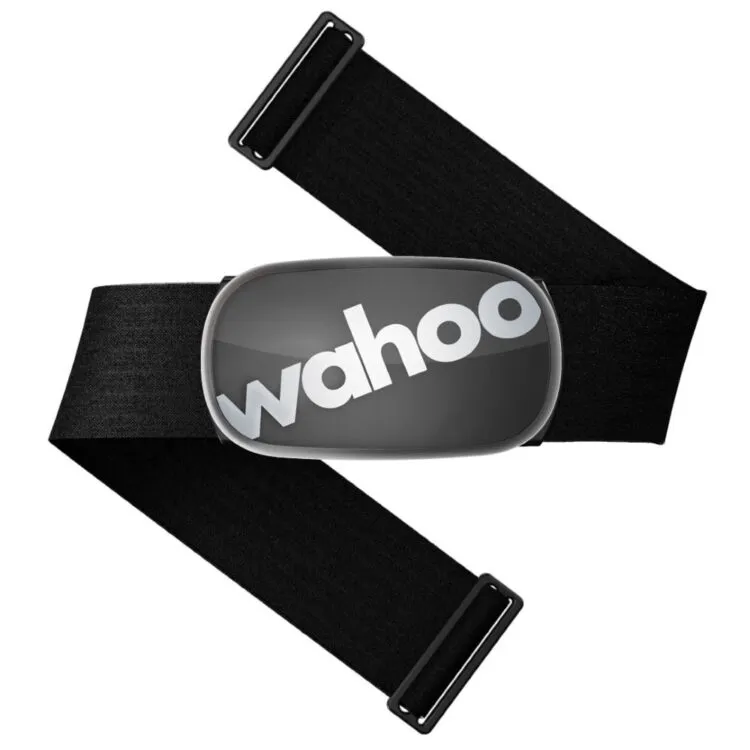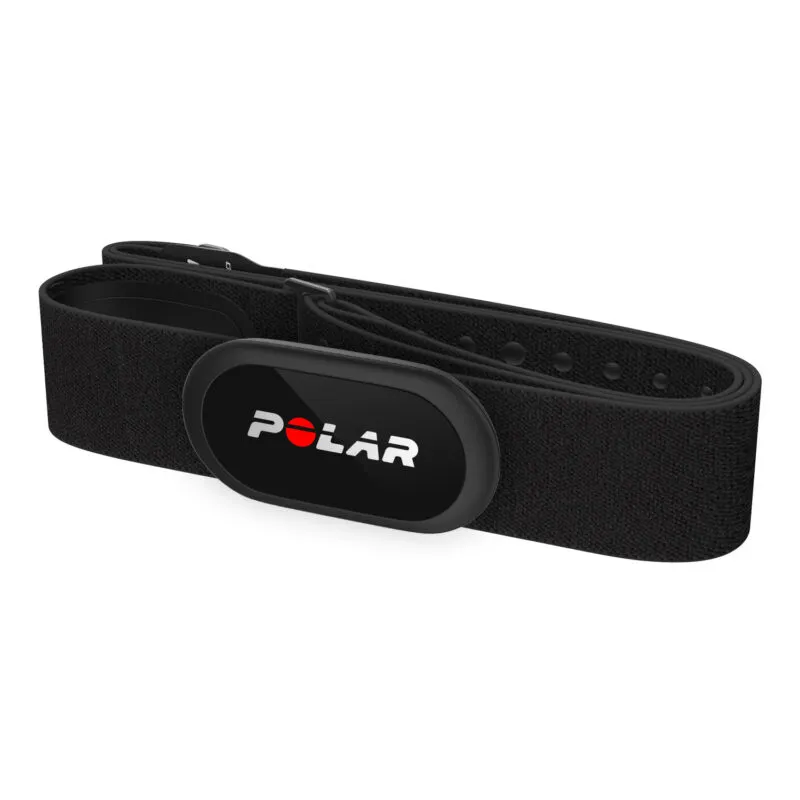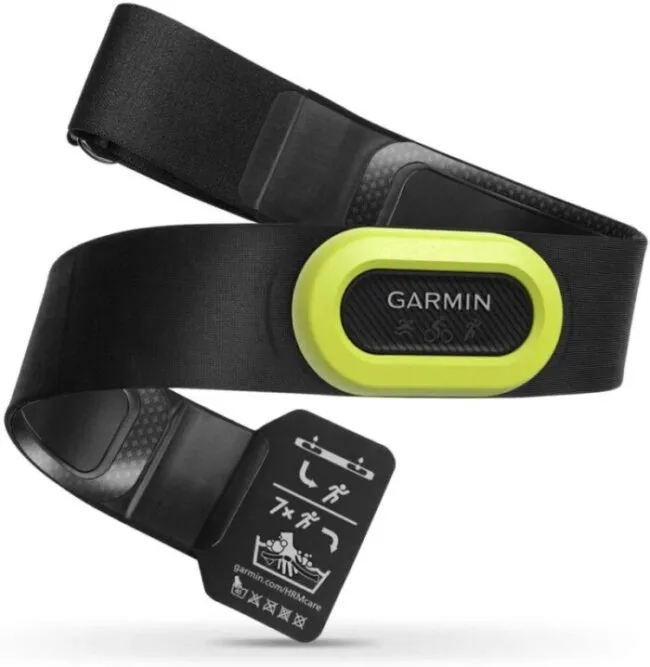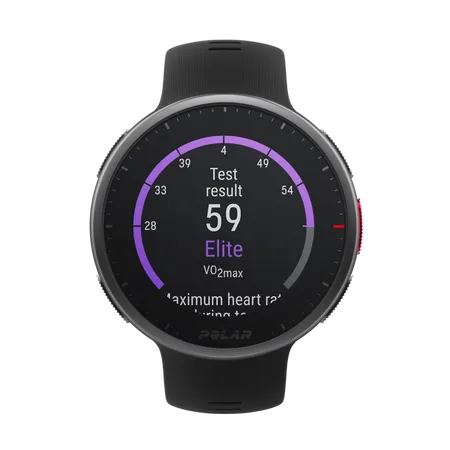Whether you’re an avid runner, gym-goer, cyclist or just generally looking to have a better grasp on your daily health, a heart rate monitor is an easy way to get instant feedback on your health.
In the past, this would have meant having to strap a big monitor to your chest. Advancements in technology have condensed these gadgets, allowing you to check your heartrate through other wearables like watches and even rings.
For the truly dedicated, a strap around the chest remains the most accurate option for consumers, but for those who want the occasional insight, your options are varied.
Below we’ve picked out and tested some of the best heart rate monitors around, all coming in at different prices, styles and with a range of features available.
The best heart rate monitors in 2024
The best budget option: Wahoo Tickr

The Wahoo Tickr is a heart rate monitor that won’t break the bank and will still give you everything you need to start getting to grips with paying attention to your heart rate and the insights it can offer into your exercise time.
Wahoo builds the EKG sensor into the strap with LED indicator lights in place to let you know when it’s tracking your heart and when it’s connected to another device, which includes the Apple Watch. To connect to those additional devices, there’s both Bluetooth and ANT+ wireless connections letting you pair up to three devices at the same time.
Pair it to Wahoo’s own Fitness app and you can view heart rate in real-time as well as calorie burn data and track the time you’ve been sweating it out as well.
You’ll get over 500 hours of training data from the coin cell battery packed into it, which should keep your tracking covered for a while before it needs swapping out for a new one.
It’s cheap, easy to use, and works with a range of connected kit and apps that make it a solid budget HR monitor to buy.
The best overall heart rate monitor: Polar H10

If you want the best heart rate monitor available, Polar’s H10 chest strap monitor is the one you want. Particularly if you care about having the best accuracy when it comes to tracking your heart reliably during exercise.
Like pretty much all chest strap monitors, the H10 uses EKG sensor technology to detect electrical activity in the heart and converts those measurements into real-time heart rate readings to better understand the level of effort you put into runs or HIIT sessions.
To improve the comfort of wearing that strap across your chest, Polar uses a soft textile material and adds silicone spots to make sure the H10 stays in place even during high-intensity exercise.
You can record a single training session directly onto the monitor or connect it to a host of different devices wirelessly over Bluetooth including sports watches, connected gym equipment and phone apps including Polar’s own Flow app. There’s also support to broadcast HR data to other compatible equipment here as well.
If you’re a swimmer, it carries a waterproof rating making it suitable to be submerged in water up to 30 metres depth. That means you can strap it on in the pool and when you’re heading out for an open water swim.
It’s regarded as the gold standard for wirelessly monitoring heart rate, so if you care about accuracy, this is the one to wear.
The one for couch to 5K: Polar Verity Sense

The Polar Verity Sense is part of a new breed of heart rate monitors that you don’t wear on your chest or wrist but promises to deliver reliable heart rate data from the arm.
It uses similar optical sensor technology that powers most wrist-based heart rate monitors but by moving that sensor higher up the arm, it allows the 6-LED light setup to reduce the kind of interference experienced at the wrist to deliver more accurate data.
The one-size, washing machine-friendly strap keeps the Verity Sense monitor in place, with a single button to switch between heart rate modes. You can transmit data to other compatible connected exercise equipment, record up to 600 hours of heart rate data directly onto the device and track heart rate in the water via a swimming goggle attachment, which is also thrown in the box.
Data is synced to Polar’s own Flow or heart rate-focused Beat companion phone app, but you also have the capacity to use it with fitness apps like Strava too. Battery life is up to 20 hours and there’s a pocket-friendly charger to power it back up.
If you don’t want to spend big and don’t like the idea of wearing a chest strap or trust a heart rate tracking watch, the Sense is one to grab instead.
For cyclists: Wahoo Tickr X

Wahoo’s priciest heart rate monitor comes with added appeal for cyclists, especially if you spend as much time on your indoor trainer as you do heading outdoors on your bike.
The EKG-style chest strap can track heart rate in real-time and offers connectivity support aplenty, letting you connect to up to three Bluetooth devices at the same time. If you’re a Peloton user, it’s designed to offer a snappy connection to the indoor bike’s iPhone app to deliver heart rate and calorie burn information.
When you strap it on for an indoor ride, the Tickr X can measure cycling cadence when using the Wahoo Fitness app. Swap your bike for a run and the onboard accelerometer motion sensor can also capture advanced running stats to examine running technique and that includes cadence and ground contact time. It can also be used to track treadmill runs once you’ve calibrated it to get the most accurate indoor running stats.
The onboard coin cell battery will get you through 500 hours of training time before it needs to be replaced, and there’s also room to store 50 hours of workouts for those times when you want or need to leave your phone behind.
For triathlons: Garmin HRM-Pro

A heart rate monitor that’s equipped to track heart rate on land and in the water, Garmin’s HRM-Pro is a solid option for triathletes and offers some other smart extras you won’t find on other heart rate monitors.
Crucially, the EKG-style heart rate monitor chest strap supports Bluetooth and ANT+ connectivity to pair up Garmin and non-Garmin devices. It will also play nice with apps including cycling fave Zwift. It carries a 5ATM waterproof rating, making it fit for pool and open water swims and will even capture interval heart rate insights in the water.
For runners it can capture additional stats including stride length and vertical ratio if you want to pay closer attention to running form and technique. There’s the capacity to store training sessions on the monitor and it is even capable of tracking daily activity stats like steps and keeping tabs on heart rate throughout the day.
The coin cell-powered setup should last for 12 months, even if you dedicate an hour of training a day.
Whether you spend your training time indoors, outdoors or a good mixture of both, Garmin’s HRM-Pro is a great performer that delivers that all-important accurate data.
For those who want loads of measures and information: Polar Vantage V2

The Vantage V2 sits at the top of Polar’s sports watch range, and along with tracking pretty much every activity you could want it to, it also offers a host of heart rate-fuelled features to help optimise your training and help you better understand your recovery needs.
Polar includes its own Precision Prime optical heart rate sensor technology and also uses other sensor technology to help combat issues heart rate sensors face trying to accurately track heart rate from the wrist.
Along with measuring effort levels during exercise and continuously tracking heart rate day and night. Polar also uses that heart rate sensor to help you get to grips with the strain you put your body under during training sessions. It’s even used to calculate the energy sources used to power workouts to better understand what’s fuelling you.
It also plays its part for Polar’s great Nightly Recharge measurements to better inform you of how well recovered you are from a strenuous day.
You do still also have the ability to connect it to external heart rate monitors too and make use of Polar’s performance tests to help you gauge your current level of fitness to make it a watch packed with heart rate smarts.
Best for daily use: Apple Watch Series 7

If you’re looking for a heart rate monitor that will reliably deliver that heart rate data day and night and can even be used to help detect signs of possible serious heart health issues, the Apple Watch Series 7 is a great way to do that.
It is one for Apple iPhone users only, but if you are part of the Apple smartphone clan, you’ll get an optical heart rate sensor that can continuously monitor heart rate 24/7 and during exercise too. There’s a raft of Apple Watch apps available too that can harness that sensor data to offer additional insights on top of Apple’s own apps.
That optical sensor can be used to detect and alert you to abnormally high and low heart rates, and with an ECG sensor also on board, you can also check for atrial fibrillation, which is a form of an irregular heart rate rhythm.
Apple does still allow you to connect external heart rate monitors if you don’t 100 per cent trust the accuracy of the data, and it has the capability to work with a host of connected equipment including Peloton bikes and pairing it with apps like Strava and Zwift.
It offers some of the best accuracy from the wrist, including during high intensity exercise making it a great option for iPhone users who don’t want to wear a chest strap or armband type of monitor.
Read more: